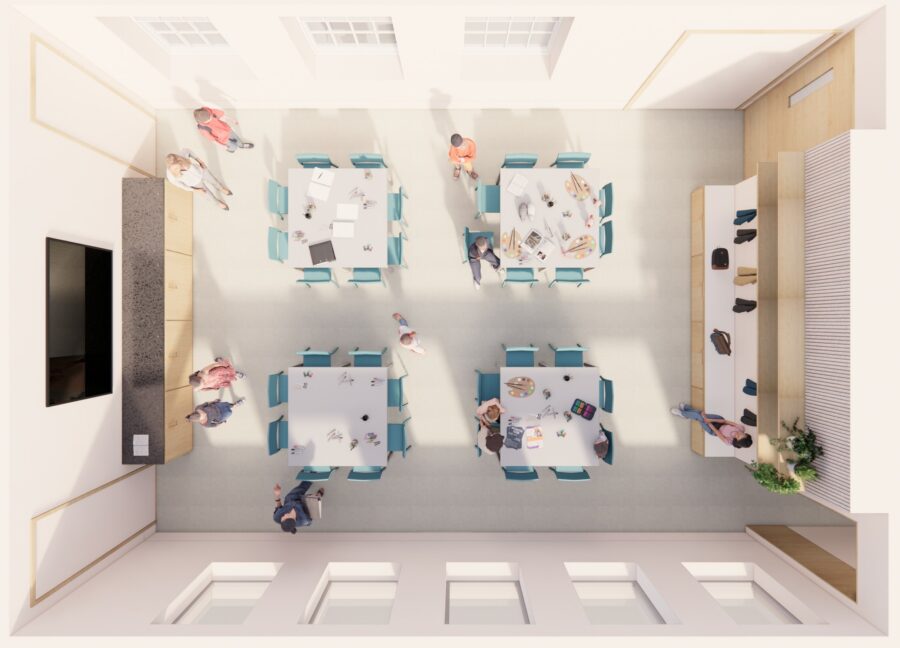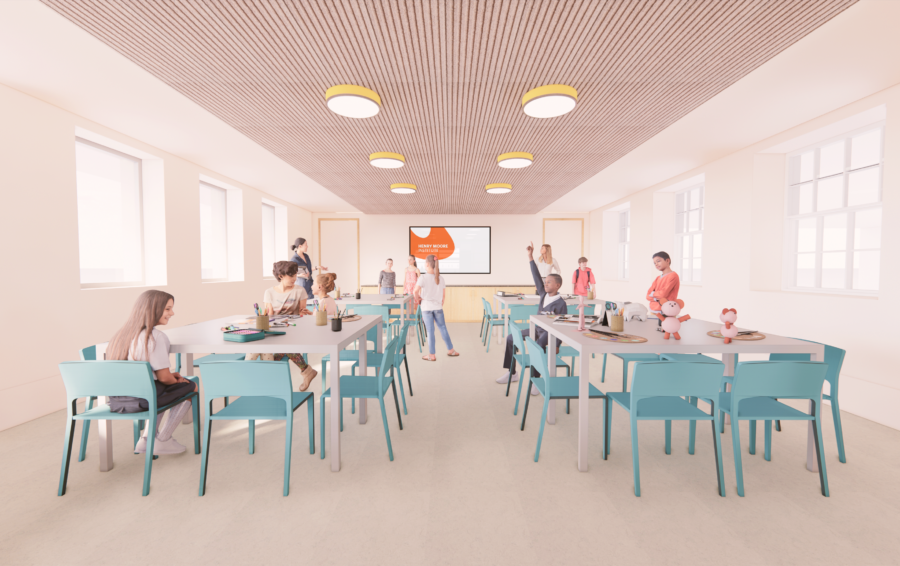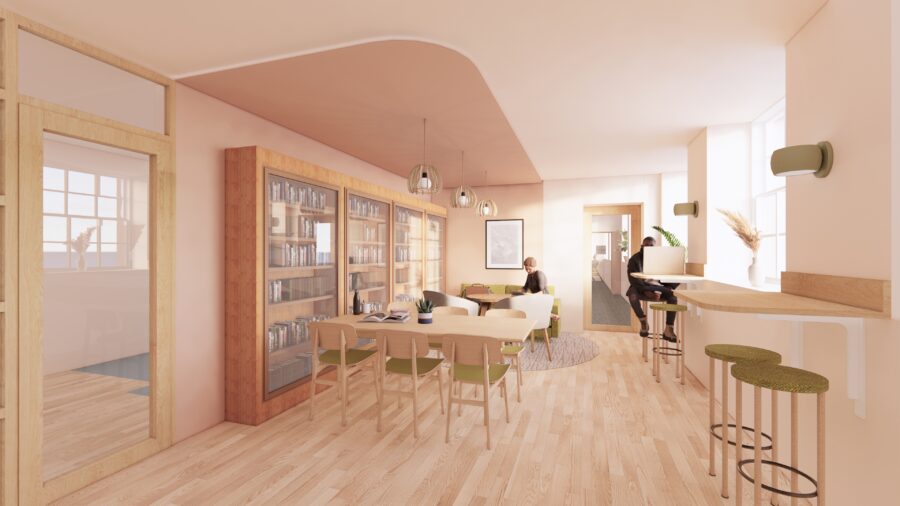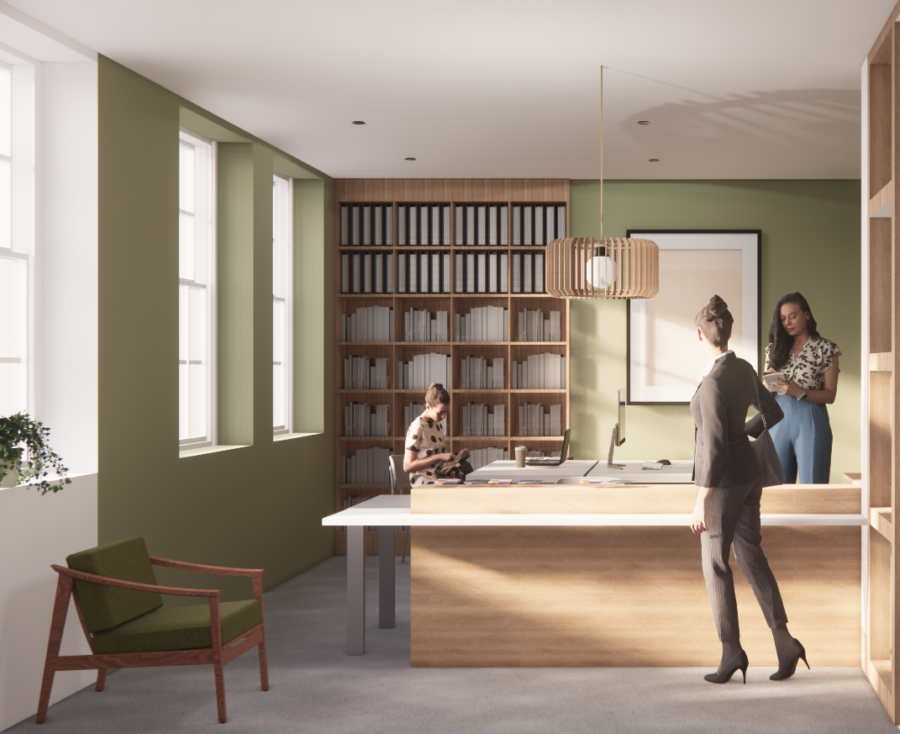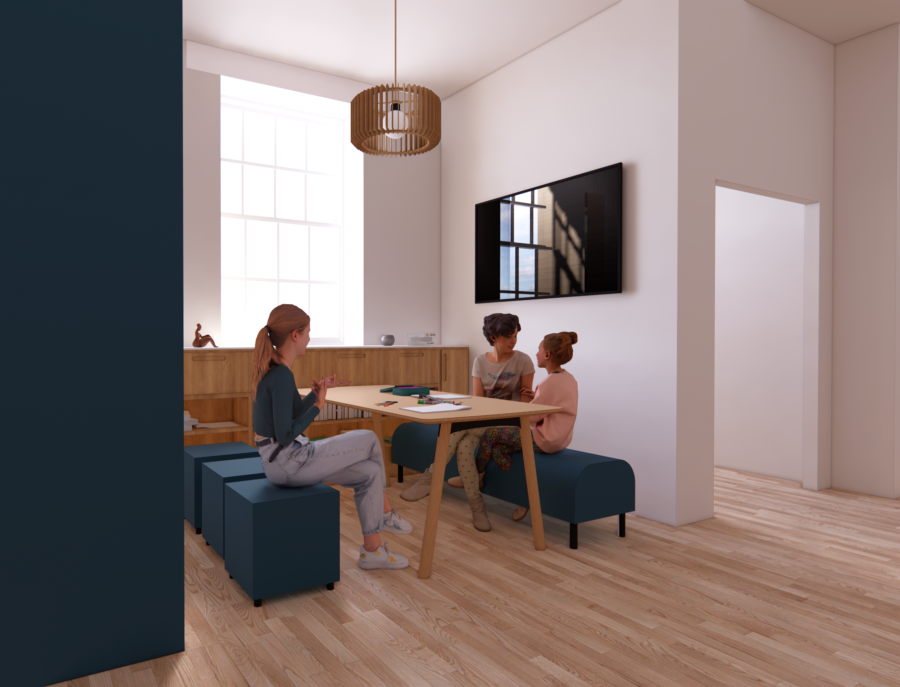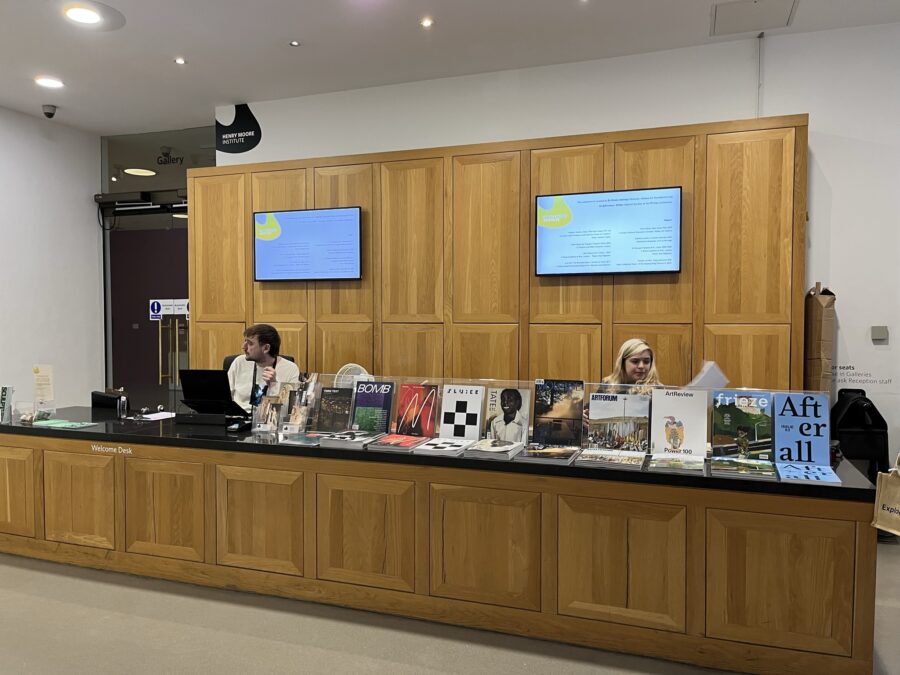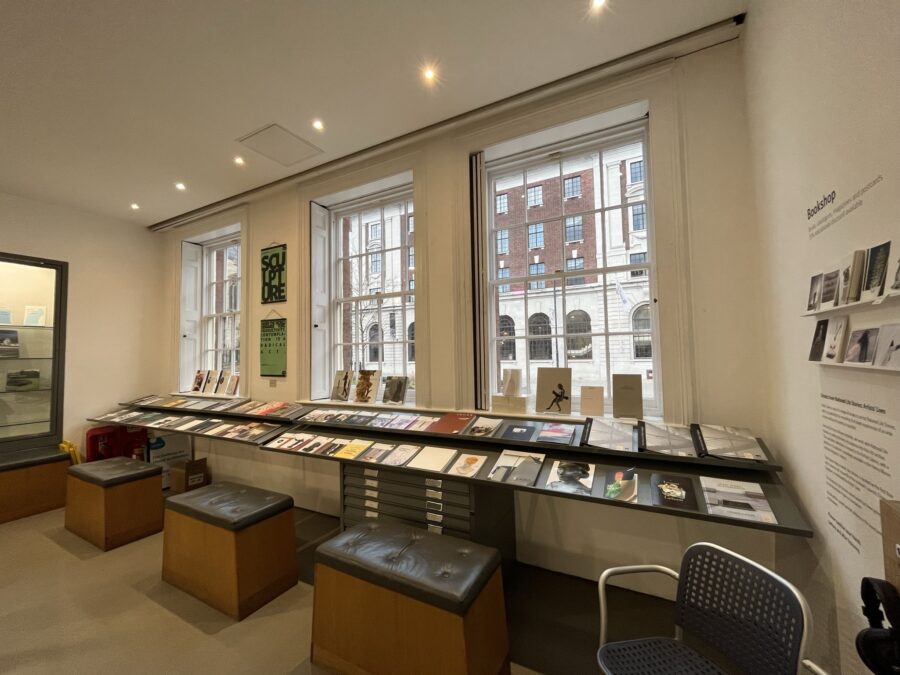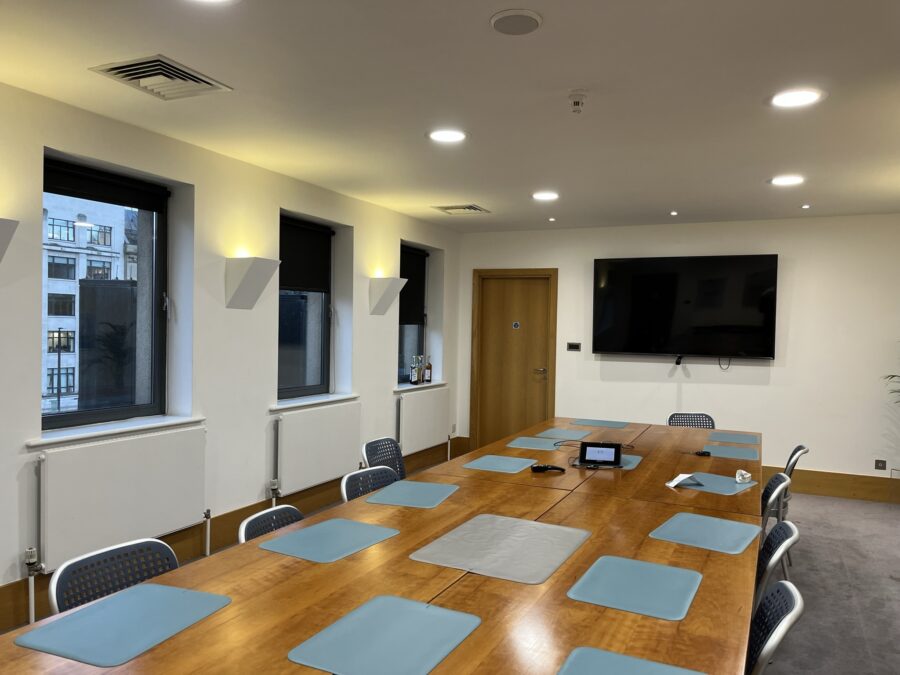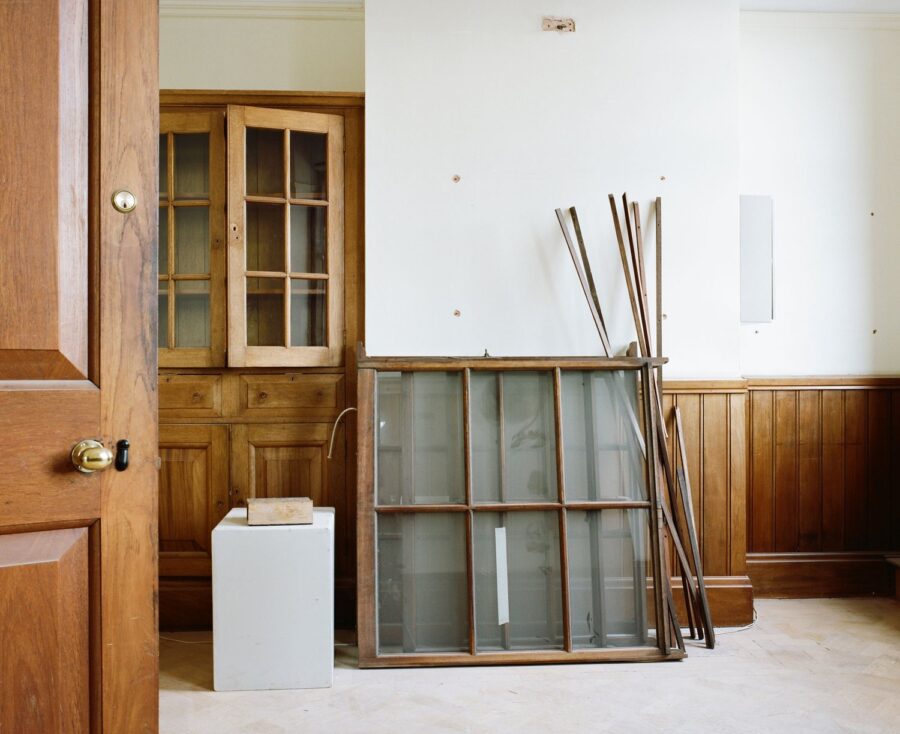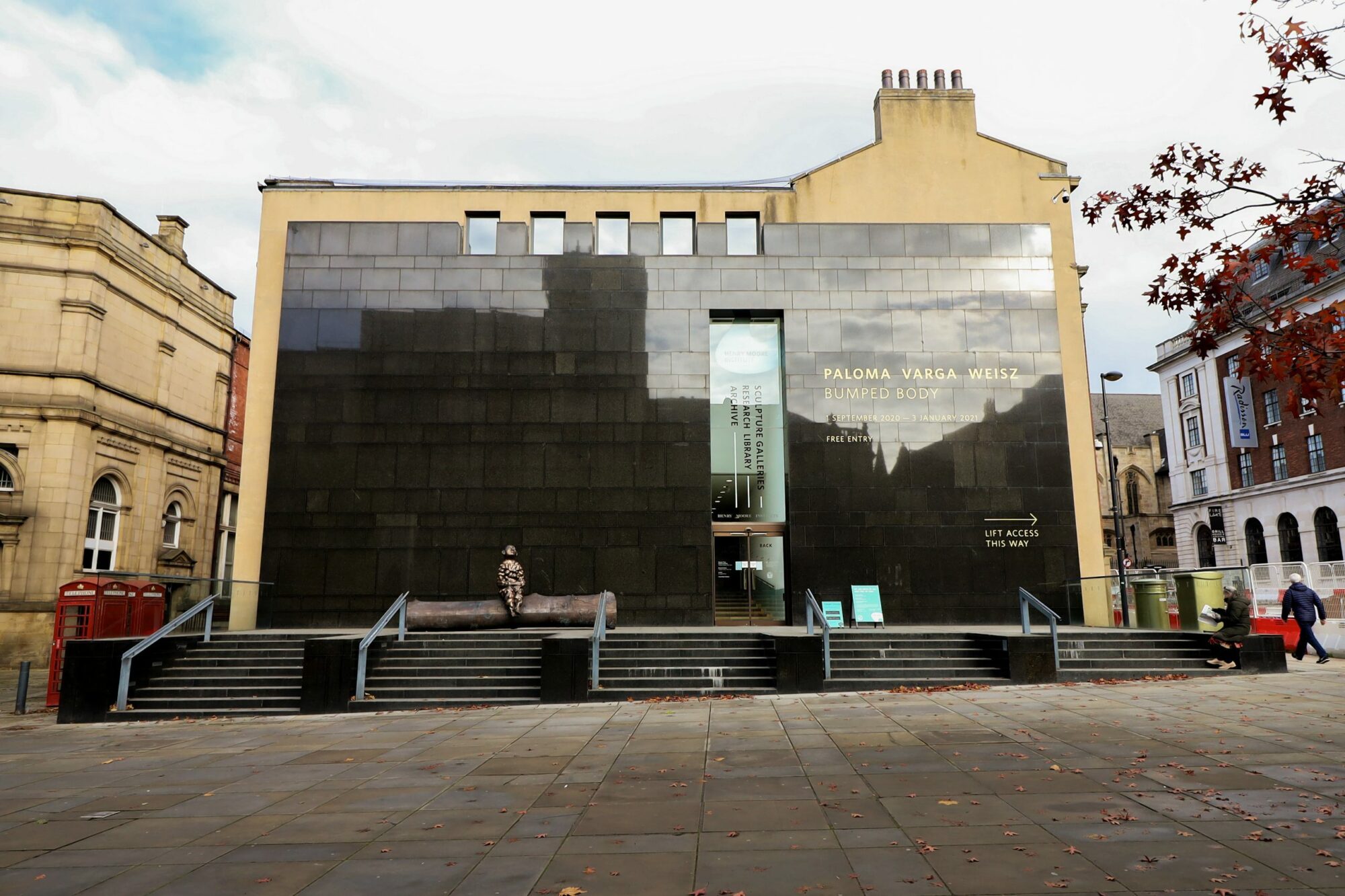
The first major refurbishment in the Leeds cultural giants’s thirty-year year history
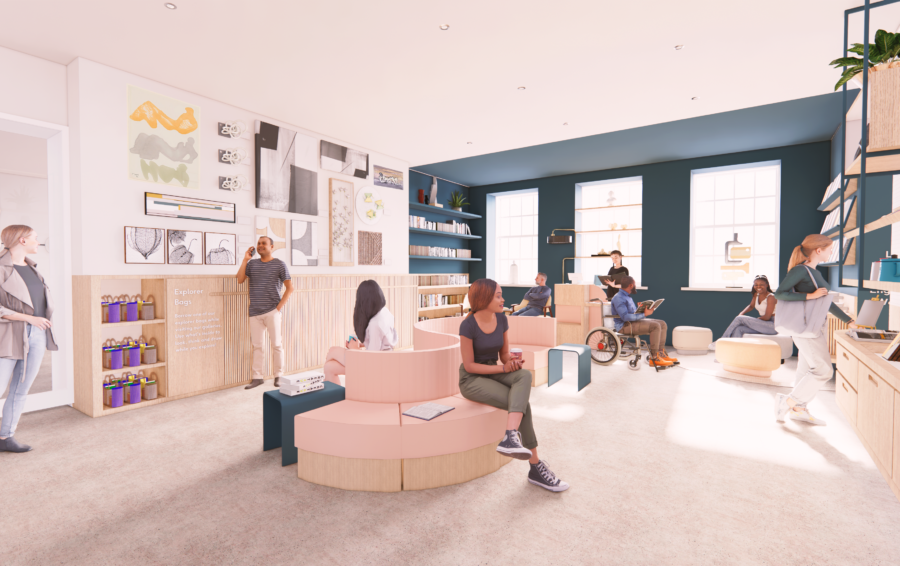
Henry Moore Institute
Group Ginger have designed a series of interior interventions which will transform the public engagement aspect of the Henry Moore Institute’s work, reflecting their desire to increase access to the arts.
Designed in the early 1990s by Dixon Jones, the Henry Moore Institute was the first purpose-built sculpture gallery in the UK and is a distinctive landmark on Leeds’ Headrow. One of the largest sculpture galleries in Europe, the Institute has been a beacon in the arts landscape in recent years, bucking the trend of dwindling visitor numbers to attract visitors beyond the traditional arts audiences and increasing engagement with families and diverse audiences.
The refurbishment will create a suite of support spaces to deliver social impact - public spaces that are fit for growing visitor numbers, while also offering income generation opportunities through retail; and efficient staff workspaces that are economical to run and encourage cross-team working. Block colour and natural materials are used to zone spaces, with a focus on robustness, tactility, and sustainability. This improves sight-lines and building legibility, while encouraging the visitor to explore the whole building.
Concerned by the lack of arts provision in the UK’s school’s curriculum, the Institute commissioned Group Ginger to re-work the building to provide facilities to help them fill the void. Group Ginger’s designs cleverly convert their staff boardroom on the building’s second floor, which has never been open to the public, into an inspiring light filled space for school visits. New multifunctional learning and engagement facilities will host creative workshops, discussions and events and encourage people of all ages to engage with sculpture as learners, thinkers and makers.
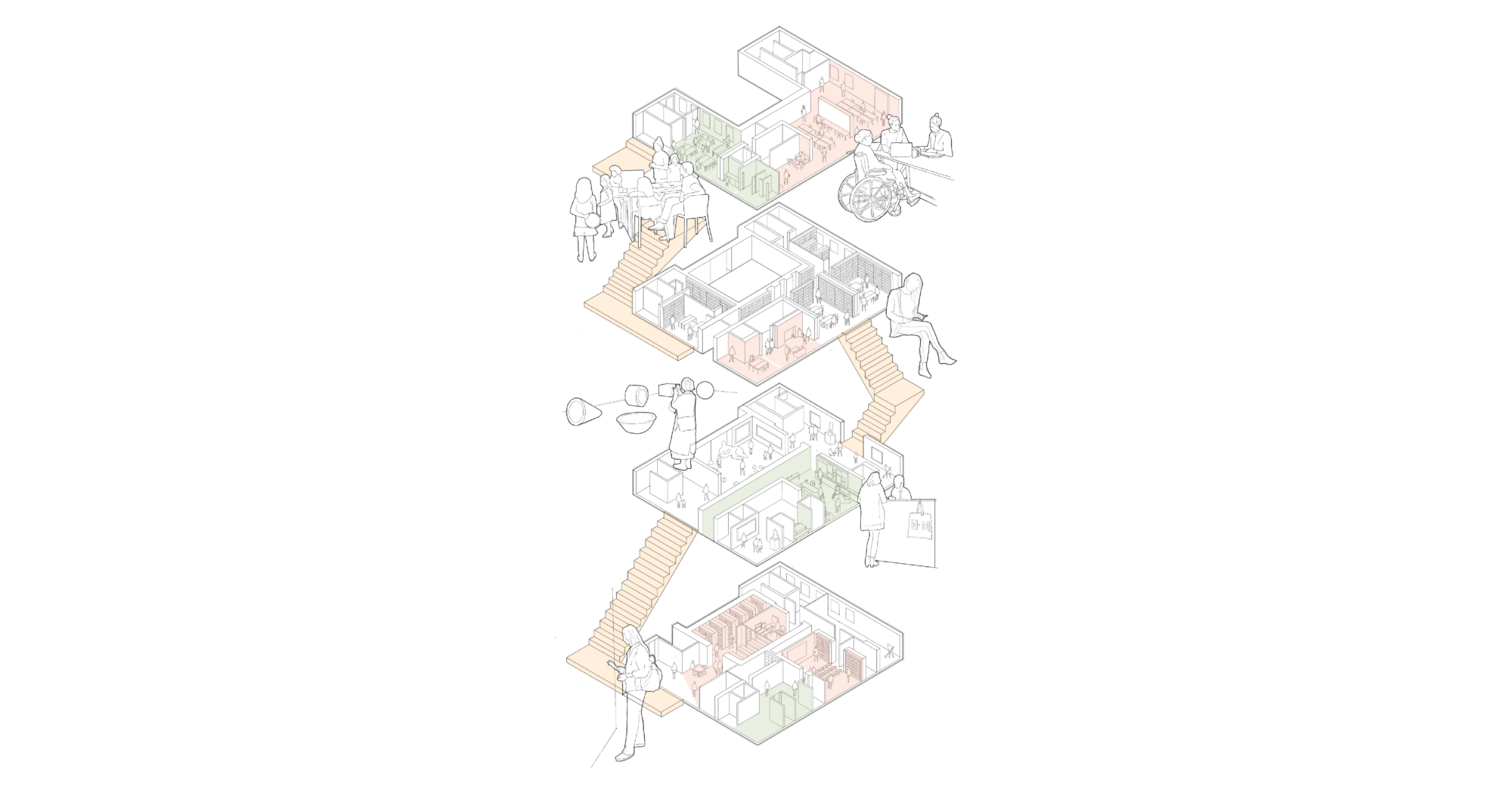
The works include:
- - A more welcoming and navigable entrance area designed to be a meeting point, encouraging visitors to stay longer, take a seat and browse the shop.
- - A refreshed area on the ground floor that offers free, creative drop-in activities for all visitors.
- - Inclusive, fully accessible toilets with baby changing facilities.
- - An improved entrance to the Research Library on the first floor with new provision for displays drawn from the library special collections.
- - Increased comfort in the basement seminar room for research events, with natural light, new seating and upgraded technology.
Sustainability is important to the project, with environmentally friendly materials and approaches throughout. In a nod to the work of Henry Moore, Group Ginger have selected a palette of robust and tactile natural materials (timber, wool, rubber) that create a welcoming environment, will age well and have a low environmental impact. New heating, lighting and ventilation systems are carefully incorporated to improve energy efficiency and user comfort to contemporary building standards.
Details
Client
Henry Moore Institute
Contractor
Whitaker & Leach
M&E Engineer
Lorne Stewart Facilities
Quantity Surveyor
Michael Eyres Partnership
